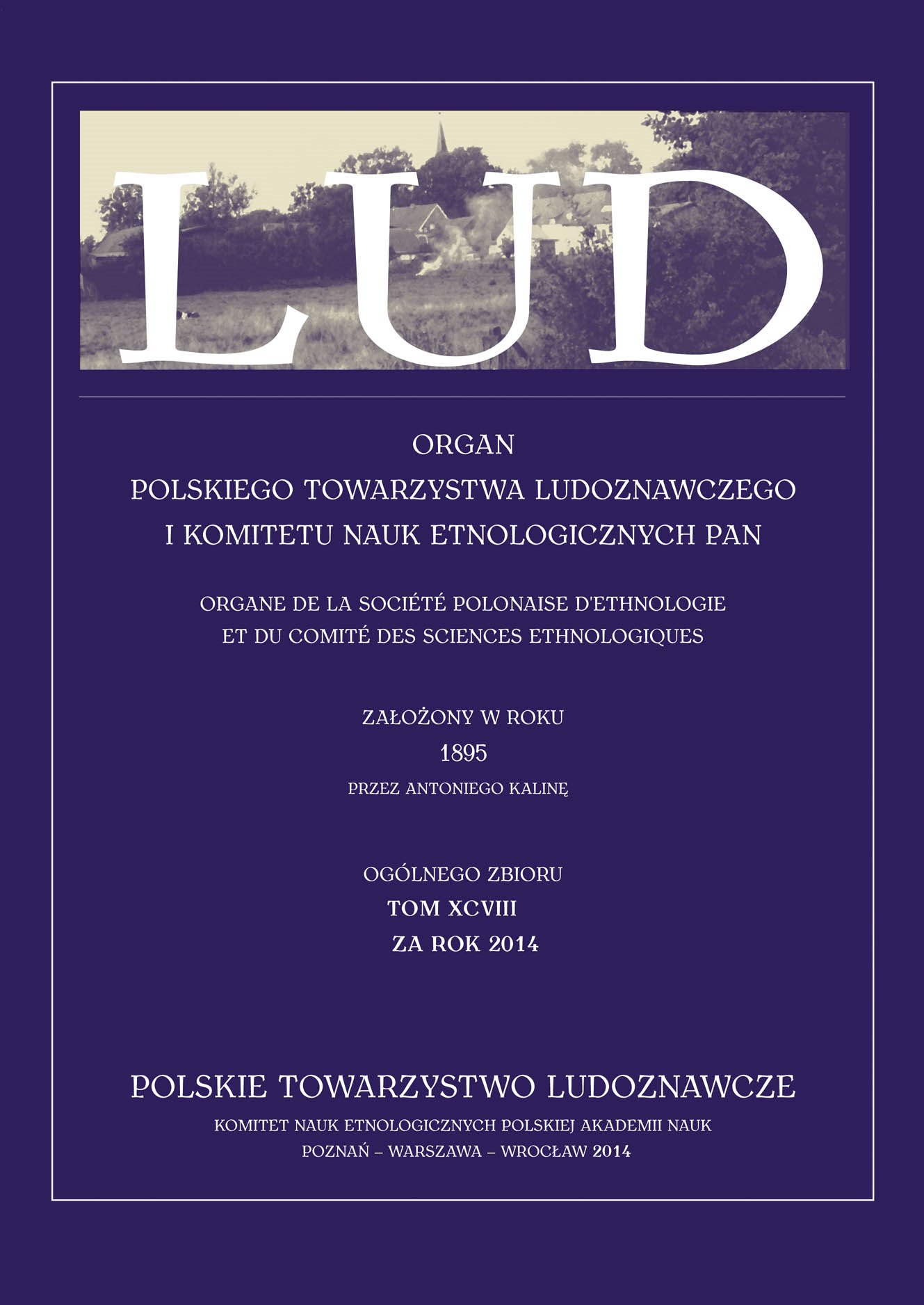AUTOCHTONIZACJA POSTSOCJALISTYCZNEGO MIASTA. PRZYKŁAD UŁAN UDE
INDIGENIZATION OF A POSTSOCIALIST CITY. THE EXAMPLE OF ULAN UDE
Author(s): Zbigniew SzmytSubject(s): Geography, Regional studies, Cultural Anthropology / Ethnology, Post-War period (1950 - 1989), Transformation Period (1990 - 2010), Migration Studies
Published by: Polskie Towarzystwo Ludoznawcze
Keywords: postsocialism; city; Siberia; Buryatia; Ulan-Ude; indigenization; migration;
Summary/Abstract: A uniformed model of modern urban planning prevailed in Eastern Europe and Soviet Asia during the Soviet period. Looking at the city’s architecture it was difficult to recognize if it is Ukraine or a place close to the Chinese border. The collapse of the socialist system resulted in a process of demodernization in many of these cities and led to the erosion of social identities. The turn to indigenization was one of the responses to this crisis. In this article I analyze the process of symbolic ethnicization of a post-Soviet city using the example of Siberian Ulan-Ude, where the idea of a return to the mythical past is built over the ashes of utopian progress. The main questions are: 1. how does the city become indigenized? 2. how does this process influence the interethnic relations? 3. what is the relation between immigrants’ social strategies and ethnicity? Symbolic indigenization of the city determines the ambiguous status of Buryat rural immigrants: hosts on the one hand, and strangers on the other. The social marginalization of Russians with the simultaneous dominance of the Russian language and culture is an important aspect of indigenization. An exception to this rule applies only to Russian sourdoughs (starožily), who have managed to establish quasi-ethnic representations. While municipal authorities take care of historical monuments of the imperial period, they do not approve of new structures that could deny the indigenous image of the city. Along with the urbanization a significant part of ethnic culture has been reduced to a symbolic level, which is manifested in a new Buryat architectural style as well as in all the monuments referring to the nomadic history of the hosts.
Journal: LUD
- Issue Year: 98/2014
- Issue No: 1
- Page Range: 205-228
- Page Count: 24
- Language: Polish

